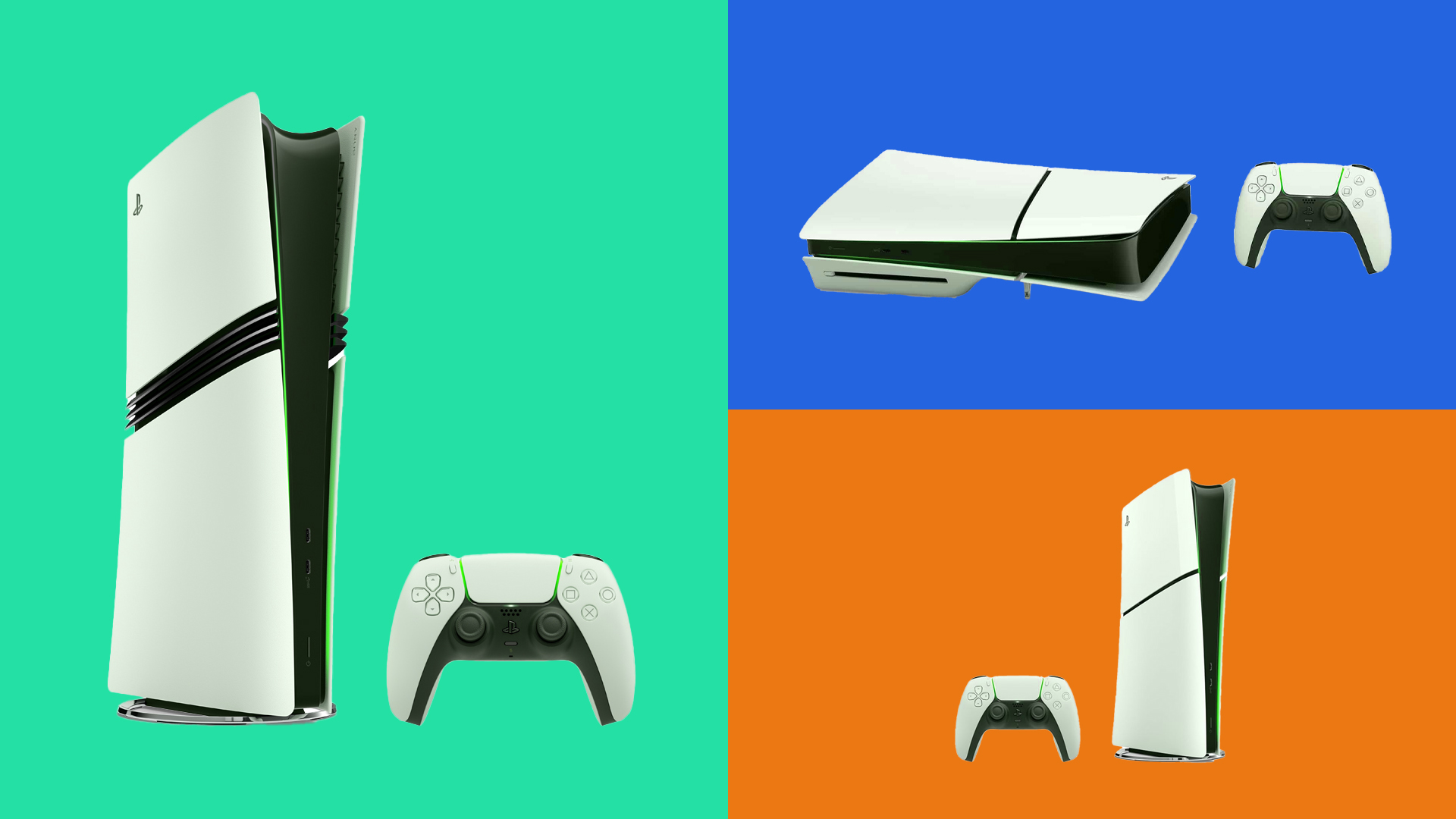How AI is changing typography, according to industry pros
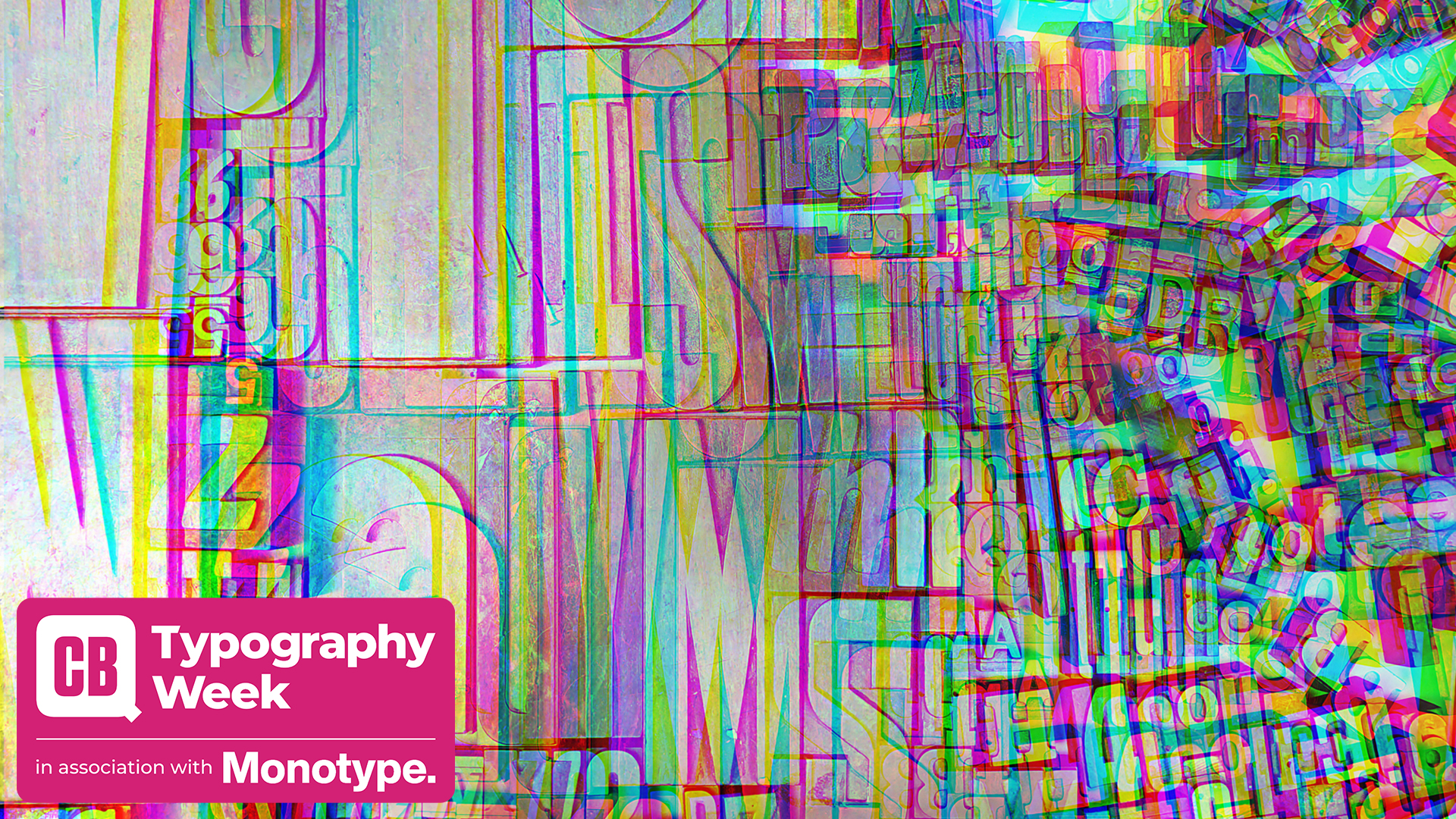
In recent years, artificial intelligence has made significant inroads into everything from copywriting to illustration and photography. So what about typography?
Surely, you might think, there's so much "science" to type design and typographic layout – along with a certain amount of "art" – that AI would be able to either help designers in their work, or replace them altogether with tasks like font pairing, for example.
If that's the case, though, why hasn't there been a ton of articles and social media posts about it? Has it just not happened yet? Or are designers simply using AI for typography and keeping quiet about it? To find out, we spoke to a range of well-known designers across the creative industries, and got their honest responses.
It's currently Typography Week on Creative Bloq – see our dedicated page for more brilliant content (in association with Monotype).
Use for ideation
Jessica Walsh, founder of the creative agency &Walsh, recently launched her own type design company, Type with Feeling. But although the renowned designer has always been at the cutting edge of tech, right now she says she sees no use for AI for type design itself. She is, however, using AI in the ideation phases for the development of new fonts.
To add context, her new studio specialises in typefaces that evoke certain feelings. For example, Satori is a geometric sans-serif inspired by "feelings of sudden enlightenment" while Ssonder is a serif inspired by "the feeling of profound realisation that each person you encounter has their own intricate and unique life".
AI has been helpful in developing these concepts, she reveals. "We've used it to research different feelings and emotions and to do quick checks on sentiments around those feelings in different languages." But she also recognises AI's limitations. "It doesn't pick up on everything," she notes.
Daily design news, reviews, how-tos and more, as picked by the editors.
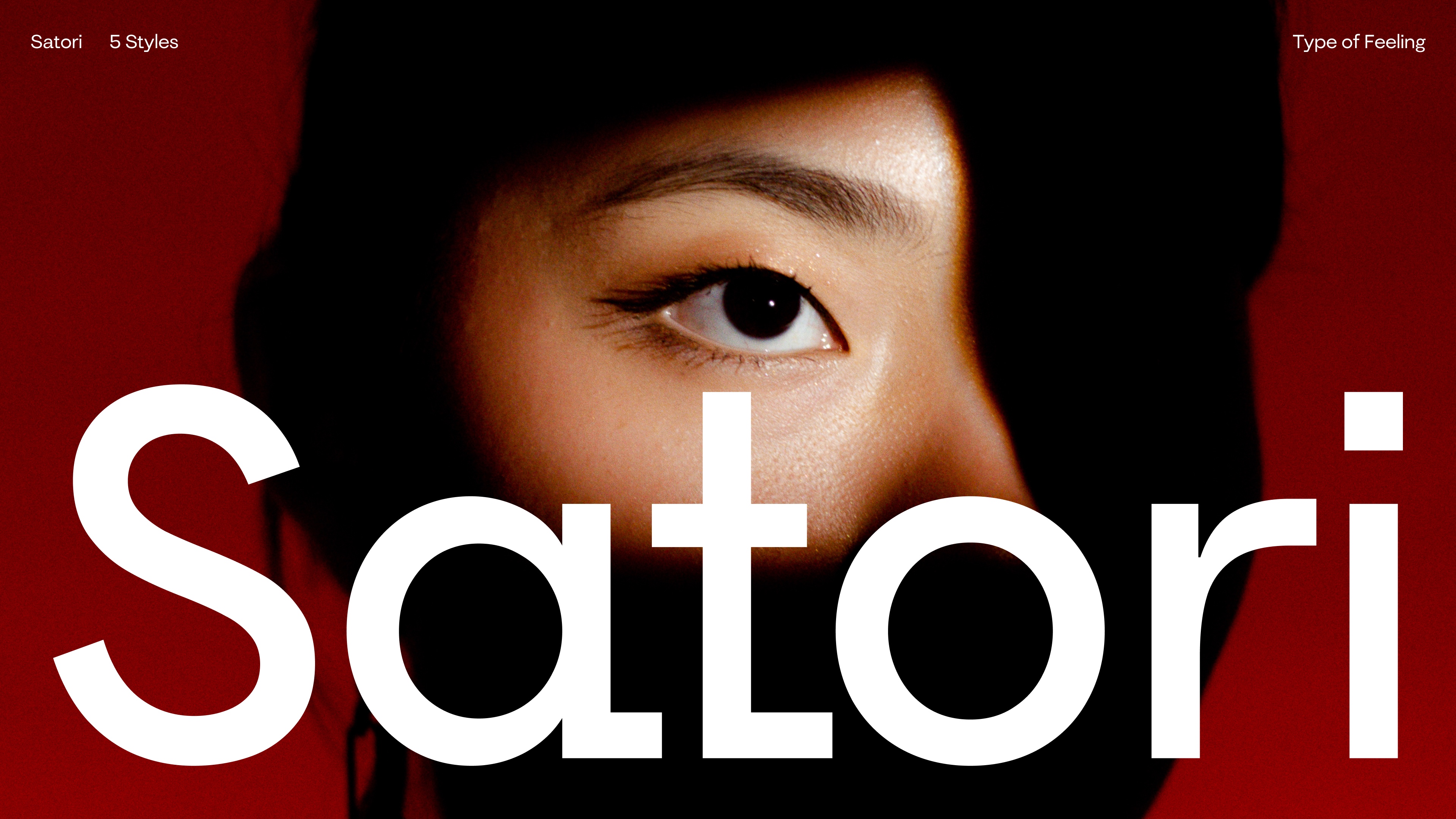
"For instance, one of our fonts is called Onsra, which means the bittersweet feeling of longing. I found out from my Instagram comments, though, that it also means “he shits” in polish when written as 'On sra'. So there will always be nuances that AI doesn't pick up, but it's a good tool for research nonetheless."
Jessica's team have also used AI for the business side of type development; specifically to better understand pricing strategies and a summary of pain points that people have with the licensing process.
"Again, it's not a cohesive tool – talking to people was also an important part of the process," she qualifies. "But AI is a good starting point to gather some of this market research. We are mostly utilising ChatGPT for this, and we will definitely consider it if it feels relevant in the future."
Partificial intelligence
Type of Feeling may be a new entry into the world of font foundries, but Jessica's approach was echoed by others I spoke to. They include type designer and creative director Zeynep Akay, who has led in Dalton Maag’s collaborations with Meta, Airbnb and other big brands.
"Right now, we don't use any third-party generative AI tools as part of our type design process," she explains. "We're very fortunate to have an in-house software development team, who expand and maintain our software workflow, and occasionally create partifically intelligent project-specific tools to automate certain processes. This is hugely beneficial because we can save time on tasks that would otherwise be repetitive and prolonged, and focus instead on perfecting the conceptual and aesthetic aspects of our design projects."
But while she welcomes the potential for some automation of type design, that's as far as it goes for now.
Typographic limitations
So if AI isn't being used to design typefaces yet, what about typography: the selection of typefaces and their use in design? Simon Manchipp, founder of leading design practice SomeOne, speaks for many when he says that right now, AI isn't quite match-ready here either.
"Like everyone else, we're really interested in making the most of AI in our work at SomeOne," he says. "But in typography we've yet to see platforms that can radically change our output for the better in meaningful ways that extend beyond the initially impressive splash. Particularly for larger brands that need reliable typographic assets and systems.
He's not saying never, though; just not right now.
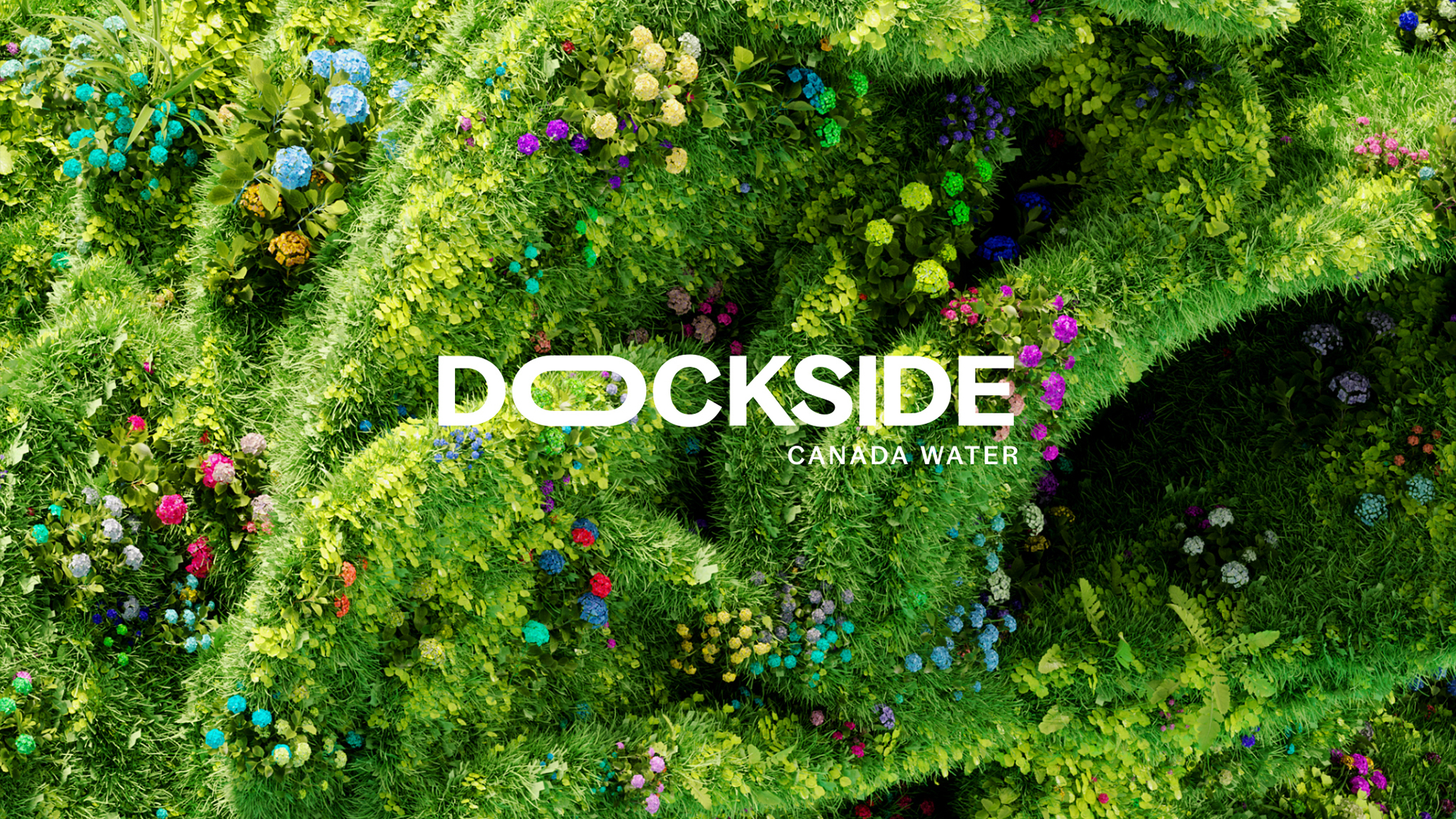
"The signs of typographic AI progress are there, with high levels of bespoke approaches available for letterforms and fonts," he accepts. "But we continue the search for an AI that can craft and create to the same standards as humans, let alone surpass them."
And it's not for want of trying. "We've looked at all the usual AI design suspects like Midjourney that all carry a very high level of error and aesthetic, as well as only really working for headline thoughts," he notes.
"Similarly limiting are the 'make it look like this' AI platforms that can convert a headline or individual letters into images like balloons and sausages. While they can be great for visuals, they're too limited for any kind of professional applications due to licences, useability and scale."
Ghastly designs
So what about type-focussed platforms such as Prototypo, a user-friendly parameter-based font generator that lets you customise your own typefaces in a few clicks? "These are more interesting perhaps," says Simon. "But they only really currently enable a kind of extended multiple-master tweening common to variable fonts, which started to gain traction in around 2015, so it's hardly news.
"As with so much of the variable slider systems," he adds, "the outcomes can swiftly look out of control and can result in some pretty ghastly designs — particularly when deployed by the untrained eye."
Simon also has some respect for the 'style transfer' tech in Adobe tools such as Photoshop, which enable you to create an image in the style of a reference image. "That's pretty wild and helps designers see quickly if the idea of putting the word 'Fire' on fire looks like a good idea — it isn't — but more helpfully can accelerate the ability of clients to see merit in more lateral thinking. It's easy to shoot down the idea of a headline, logo or letter covered in fur, but it's far easier to buy it if you see how adorable it looks on the screen."
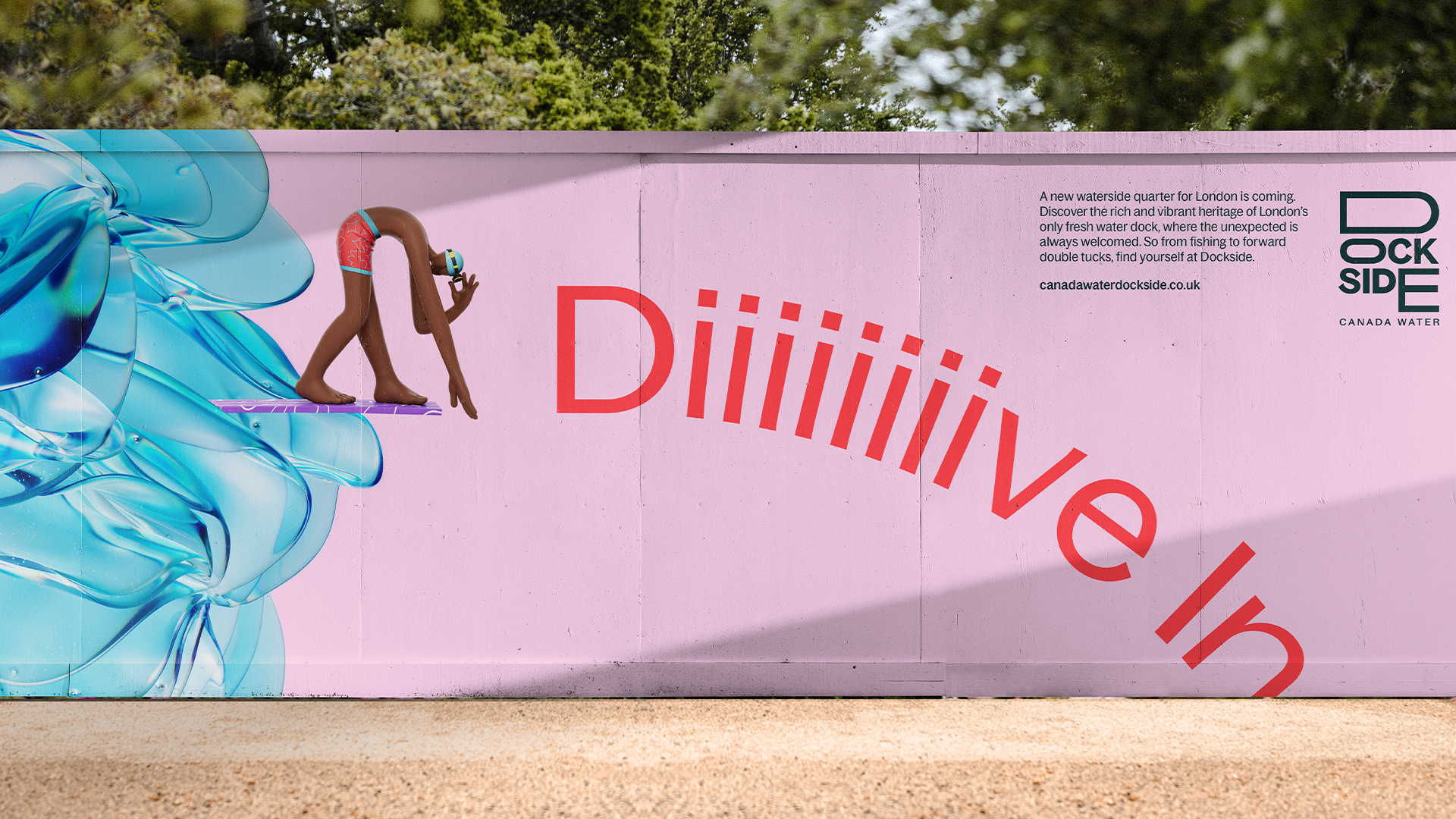
Yet even in terms of ideation and brainstorming, AI isn't as fit for typography as it is for, say, imagery. Simon offers an example from a recent project: a new visual identity for London's newest district, Canada Water Dockside.
"At SomeOne we use AI to show the art of the possible, then when everyone supports that direction we generally go and make it by hand," Simon explains. "For this branding, the botanical backgrounds were hard to grasp as a written concept, but with AI we helped the client to see how it would radically change the impact of the branding. Interestingly, though, the wordmark also flexes and adapts... but it was far easier and more controllable to animate it by hand than to rely on any AI tools."
Making discovery easier
Teemu Suviala is chief global creative director at Landor, the world-renowed agency best known for creating the original FedEx logo. He agrees that AI is not yet able to tackle either typography or type design itself. But one area he has found it useful is finding the right fonts.
“Widely available AI tools are streamlining the discovery process for existing and to-be-designed typefaces," he explains. "With the right prompts I can avoid manually combing vast type libraries and leverage AI algorithms to surface relevant but also surprising, sometimes overlooked and forgotten typefaces and typographic styles.”
His colleague Gianluca Ciancaglini, design director and typography specialist at Landor, adds that AI tools have also been helpful in coming up with new ideas.
“In type design work, AI tools now give us the opportunity to visualise and experiment in the idea generation phase," he says. "More than from an automation point of view, I prefer to focus on the expressive possibilities of artificial intelligence, using tools such as MidJourney, DALL-E 2, Adobe Firefly, and the AI tools within the WPP ecosystem, experimenting with form, variation, materials, adaptability.”
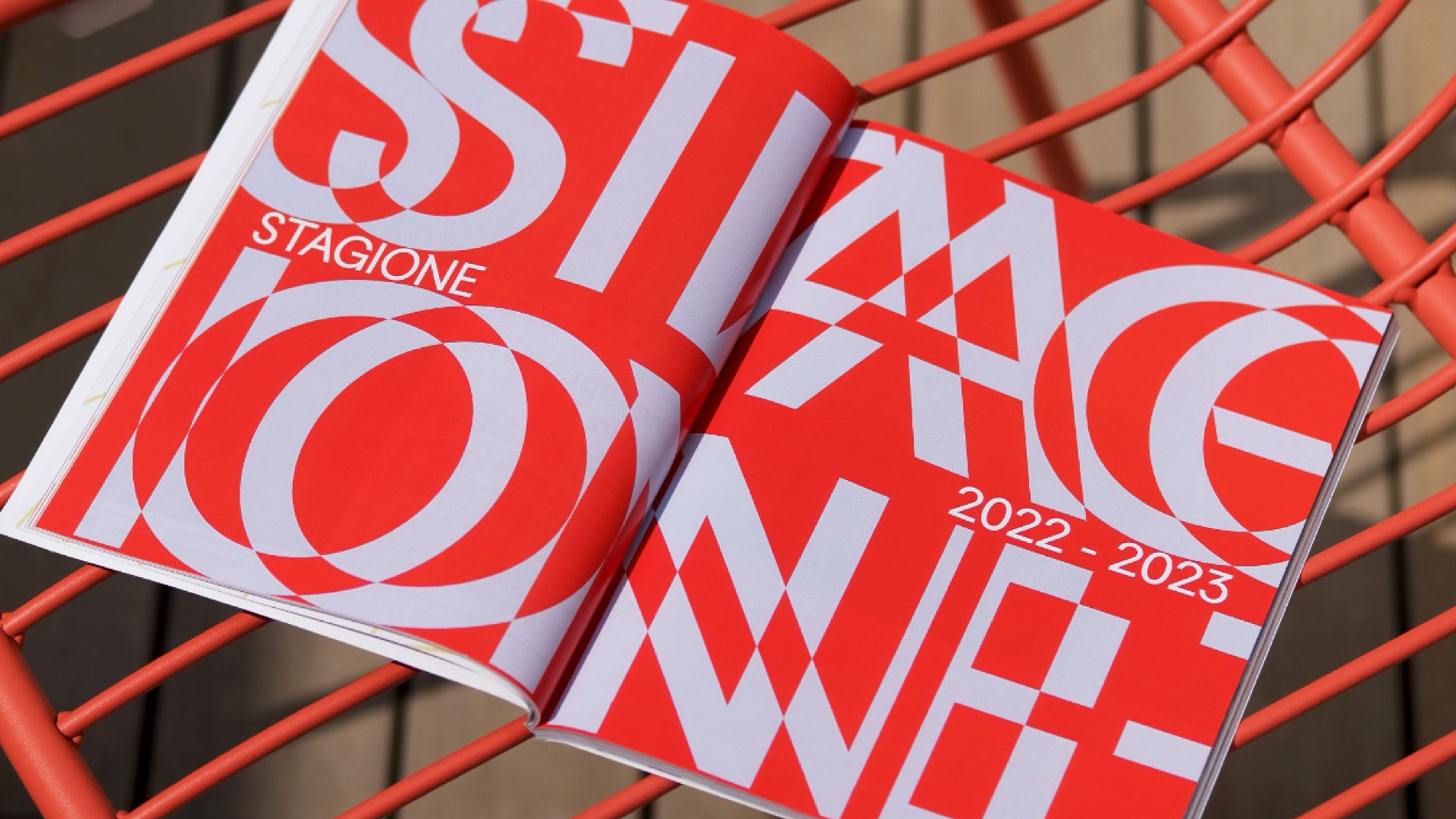
Teemu concurs. "The biggest impact of AI in type design has been around expanding possibilities," he stresses. "With AI we can easily generate countless design iterations, allowing us quickly to explore wide ranges of stylistic directions, beyond traditional type design.
"AI is already helping to bring in more movement, textures and interactive behaviours to the work – and drawing cues from unexpected sources like musical genres, nanobiology or forgotten cuisines around the world.”
Boomers to Zoomers
It's important to stress, though, that Landor is only using AI for ideation, not the development of typography itself. And you'll hear the same right now, pretty much whomever you speak to. Take Yorgo Tloupas, who heads up the Parisian studio Yorgo&Co as well as the font foundry Yota Fonts.
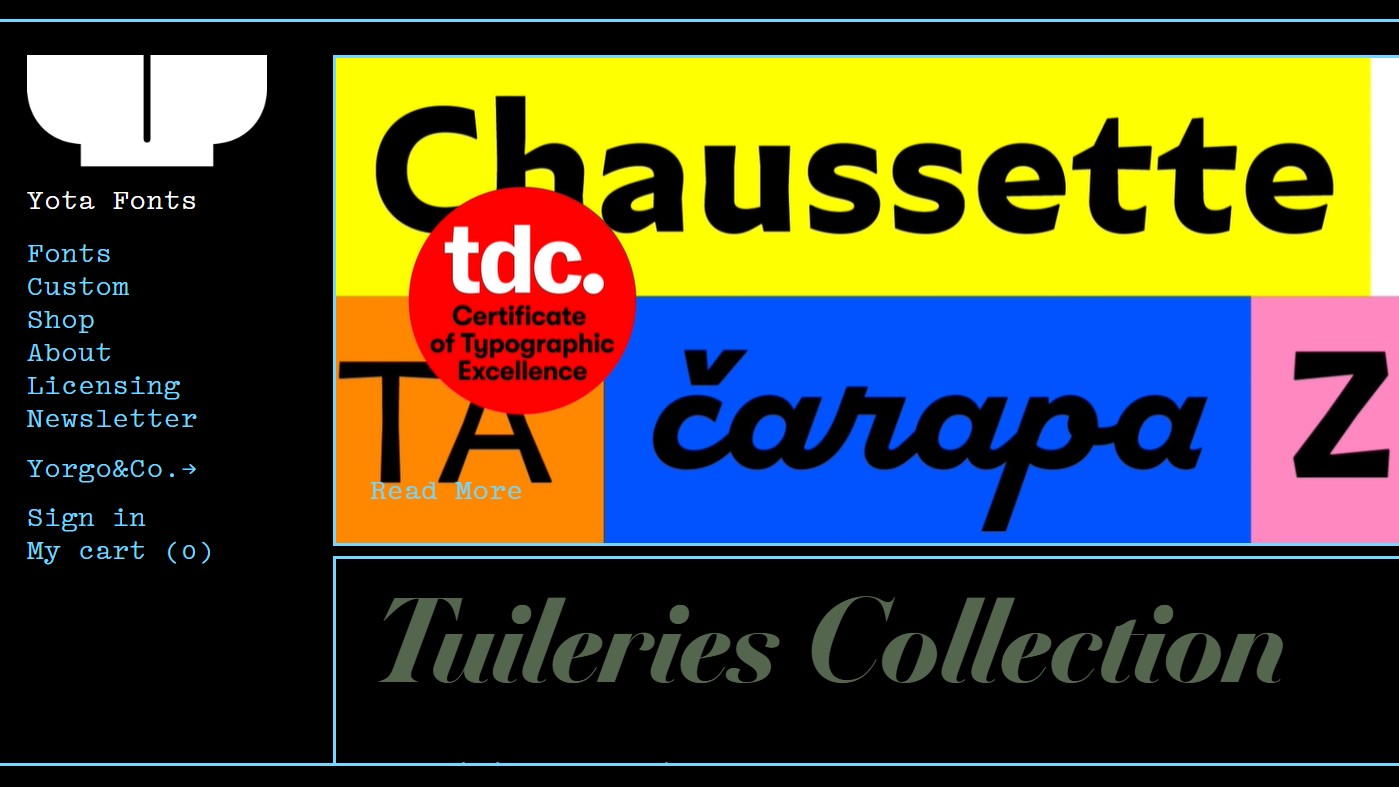
Asked whether he's incorporated AI into his typography workflow, he says: "So far there has been no direct impact in our design process. However in our research phases we of course resort to basic embedded AI features in digital tools. Google Lens can, for example, help us verify that what we’re designing doesn’t have an unknown doppelgänger somewhere.
In terms of the wider impact of AI on typography, though, "So far, the changes seem minimal. I may be completely unaware of recent progress, as I’m a Boomer. But my non-Boomer team and my type designer Martin Pasquier think the same, and say that the scripts that exist aren’t efficient enough, yet."
Slow and tentative
I could go on, but you get the point. Designers may be exploring abstract ideas with AI, but they're quite simply not creating typography or typeface designs with it. So while AI may be changing typographic design a little, it's doing relatively slowly and tentatively.
"I can't say AI has had as direct and immediate an effect on the type design practice as it has had on other creative disciplines, like photography and illustration for instance," says Zeynep. "I think other creative disciplines, because of their figurative nature, were targeted with generative AI engines more easily."
And ultimately, there's a reason for that. "Type is intrinsically tied to language," she points out, "which I think adds a layer of complexity, connecting the semantic and the visual, and is not as easily assessed and consumed." So while AI is subtly making its presence felt in the world of typography, its impact so far seems to be more evolutionary than revolutionary.
For more insight, see how AI is changing graphic design, and a piece on why typographers don't need to worry about AI.

Tom May is an award-winning journalist specialising in art, design, photography and technology. His latest book, The 50 Greatest Designers (Arcturus Publishing), was published this June. He's also author of Great TED Talks: Creativity (Pavilion Books). Tom was previously editor of Professional Photography magazine, associate editor at Creative Bloq, and deputy editor at net magazine.
